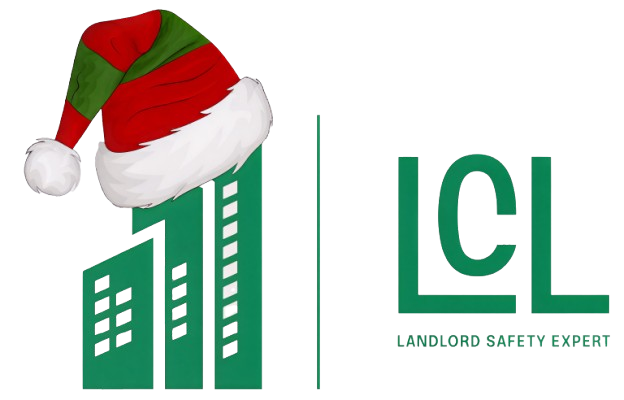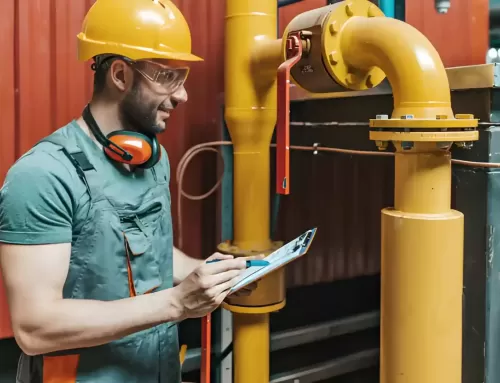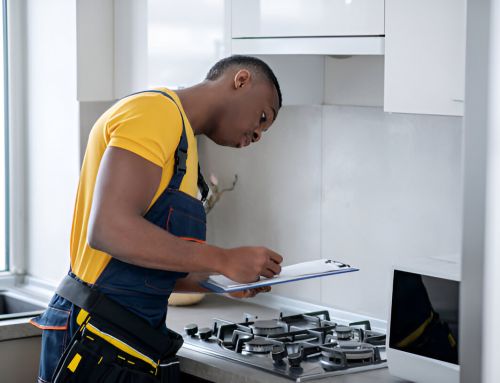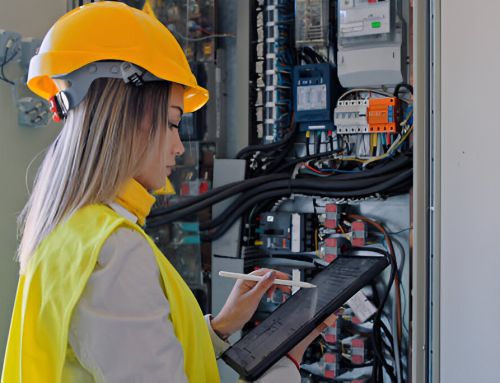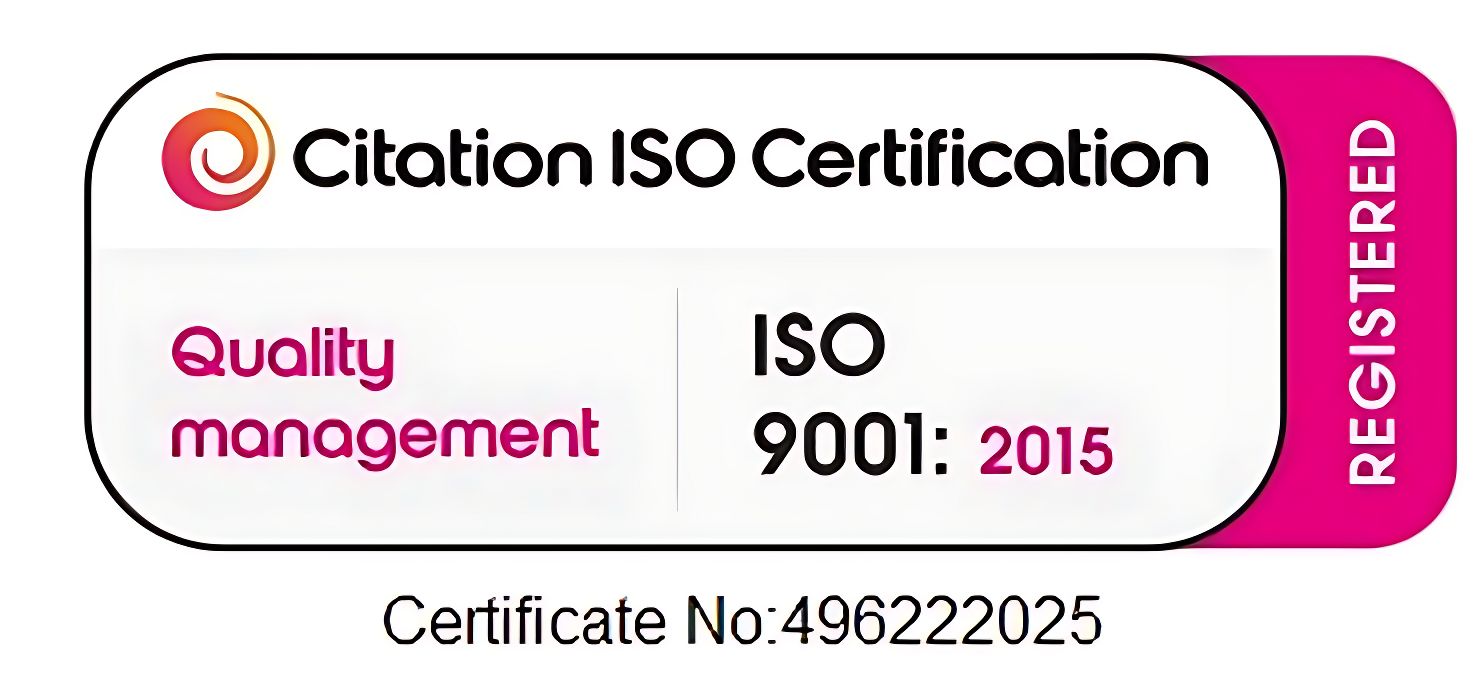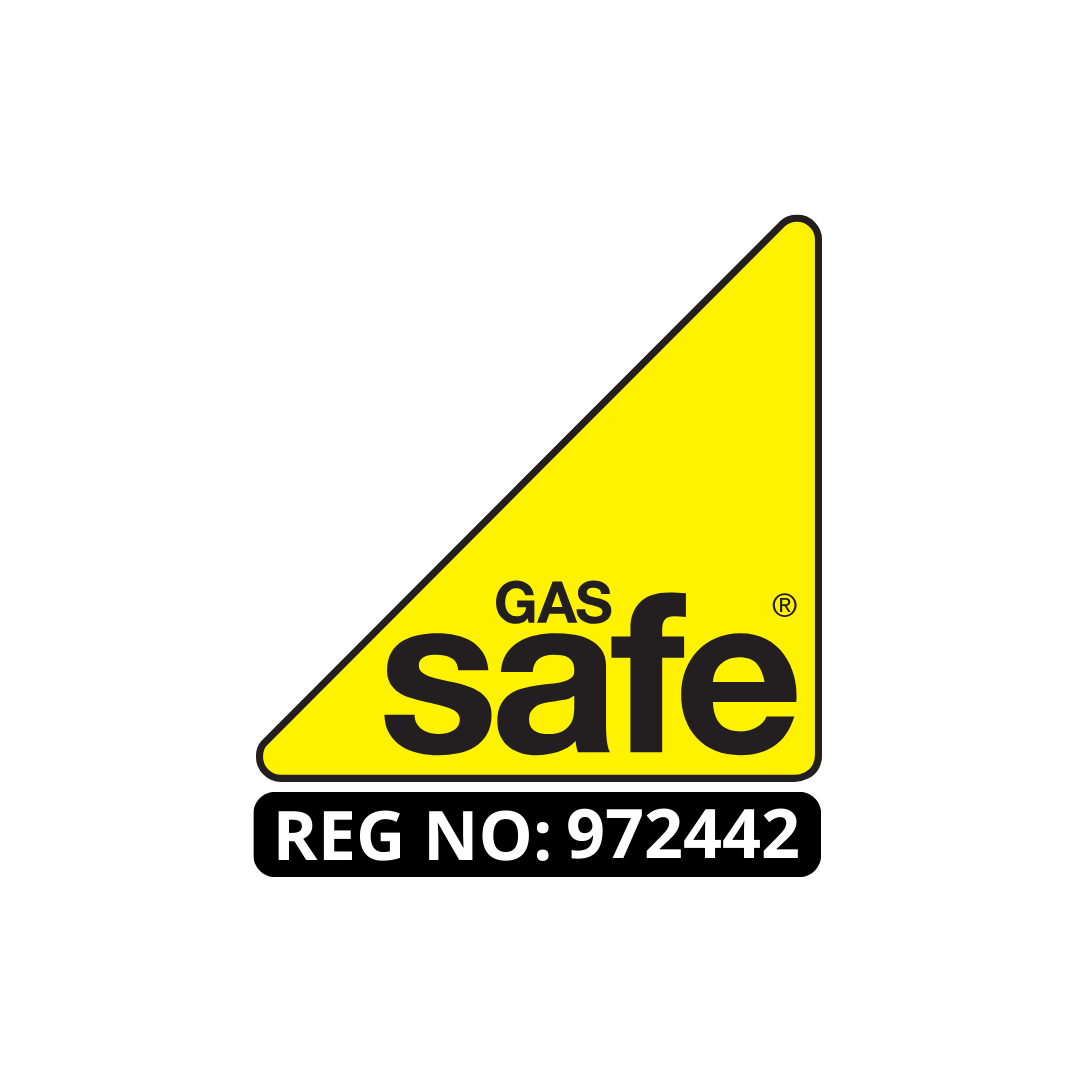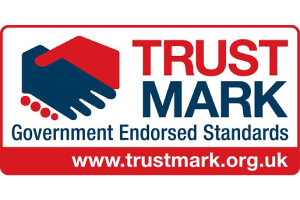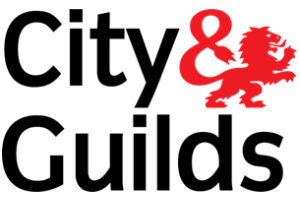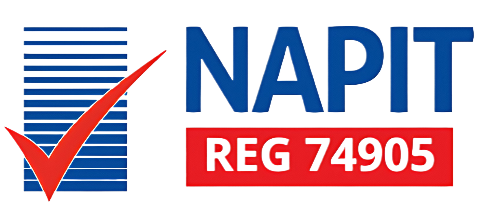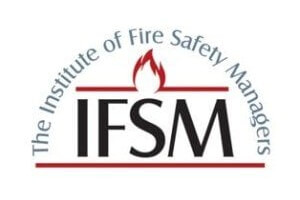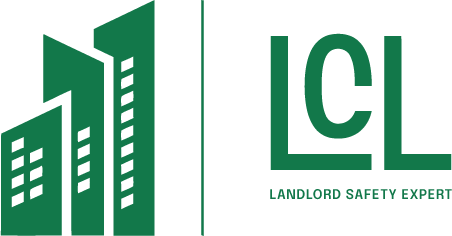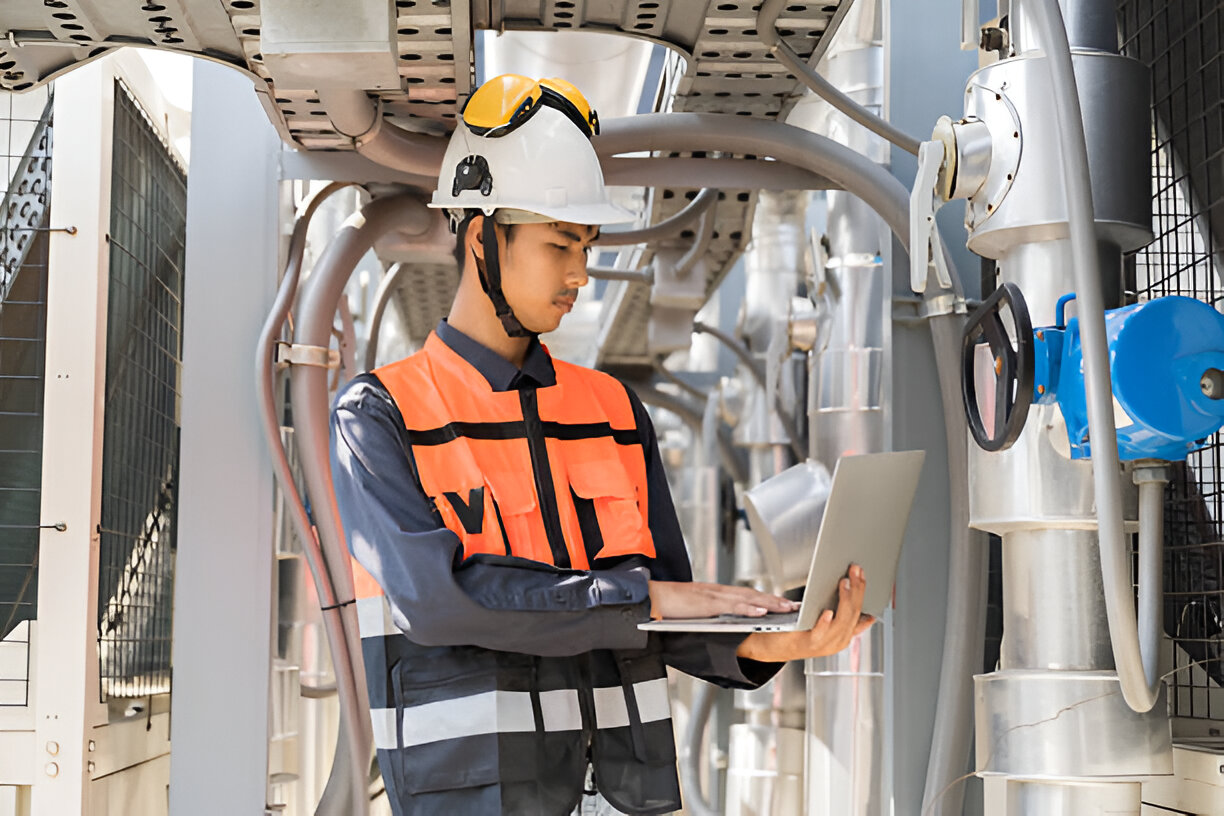
A CP42 gas certificate ensures that your gas appliances, pipework, and chimneys comply with national safety standards. It offers landlords, property managers, and tenants a transparent history of inspections, repairs, and compliance checks. I’ll get to check engineers, determine faults, and propose fixes. Homes without proper certificates are more likely to have safety problems, likely to have carbon monoxide incidents and gas escapes, according to data from the Health and Safety Executive. It is known that if inspections are organized, safety will be enhanced and liability minimized. Each certificate proves that the device’s function is both effective and safe for risk assessment and emergency planning. Rightly documented, and it helps in complying with the legal requirements, insurance claims, property audit reports, etc. Landlords gain from having a visible track record as proof of responsibility to tenants. A gas safety certificate makes the tenants more secure, you will attract long-term occupancy, and there will be less hassle with your property. On the other hand, a certificate works alongside an electrical test and fire risk assessment to give a full solution for the protection of your property. Compliance audit data reveal that CP42 gas certificate-accredited properties experience fewer emergency incidents and regulatory problems.
Key Takeaways
The CP42 gas certificate establishes verified safety for all gas appliances
Detailed inspection records strengthen compliance and risk control
Annual gas safety certificate reduces the risks of leaks, fires, and carbon monoxide incidents
Accurate reporting supports legal and insurance documentation
Registered engineers ensure reliable testing of appliances, chimneys, and pipework
Clear documentation improves maintenance planning and long-term system performance
Structured inspections reveal faults early and prevent costly emergencies
Certification increases tenant confidence and supports smooth property management
Digital CP42 gas certificate records enhance accessibility, transparency, and audit readiness
Integration of CP42 certification into safety programs strengthens overall property protection
Comprehensive Coverage Provided by CP42 Certificates
A CP42 gas certificate covers every component of a property’s gas system. Appliances, pipework, ventilation, and chimneys undergo a difficult inspection. Engineers take a look for leaks, confirm installation, and ensure the proper process of every appliance. Ventilation pathways are evaluated to prevent dangerous gas accumulation. Any detected faults are categorized primarily based on urgency, guiding corrective moves. Reporting affords detailed data that may be shared with landlords, tenants, and guarantors. A gas protection certificate offers confirmation of compliance. The CP42 gas certificate consists of intensity statistics on each appliance and device issue. Data from the Gas Safety Trust suggests that houses with specific inspection reviews experience fewer incidents and more green renovation. Documentation of inspections allows fashion evaluation for routine problems, helping proactive management of older appliances or common dangers. Structured certification guarantees that protection responsibilities are continuously met and recorded, reducing the chance of legal requirements or tenant complaints. Landlords gain insights into long-term appliance reliability, supporting planning replacements and enhancements. Clear, unique reporting strengthens transparency and improves property management credibility within the housing quarter.
Regulatory Compliance Mandated by CP42 Certification
Legal policies require that rented houses have annual inspections of all gas-burning home appliances. A CP42 gas certificate documents these tests and demonstrates compliance with protection duties. Non-compliance can cause penalties, fines, or prison time, in addition to increased legal responsibility in case of injuries. Regulations specify that inspections have to be conducted with the aid of Gas Safe-registered engineers who comply with recognized processes for testing, reporting, and recommending remedial work. Checks from regulators reveal that uncertified homes are more likely to fail safety standards. certification has better rates of gas-related incidents and coverage challenges. Maintaining a CP42 gas certificate ensures that properties meet regulatory expectations and offers a verifiable report for the government. Historical records indicate that annual inspections reduce carbon monoxide incidents and save from dangerous gas leaks. Certification additionally helps coordination with dealers, tenants, and upkeep teams, assuring that all appliances are secure to perform. Structured inspection protocols reduce the threat of overlooking minor faults that may develop into a serious risk. The CP42 certificate functions as a perceptible record of responsibility and exhibits dedication to building protection requirements across residential and industrial sectors.
Benefits of CP42 Gas Certification
A CP42 gas certificate gives perceptible benefits for property and occupants. It verifies the safety of all gas home appliances, lowering the probability of leaks, fires, or carbon monoxide poisoning. Structured inspections identify troubles early, allowing timely remediation. Detailed documentation complements transparency and supports landlord accountability. Statistical proof from property audits highlights that certified homes experience fewer emergency incidents and regulatory penalties. Certification additionally contributes to tenant self-assurance, demonstrating a dedication to protection. Maintenance making plans from ancient inspection information, helping in scheduling appliance servicing and replacements before risks arise. CP42 certificates additionally assist in coverage and residential topics with the assistance of offering evidence of proactive protection management. The documentation helps audits and strengthens property management practices, ensuring long-term safety and operational reliability. Clear reporting allows quick decision of any diagnosed risk, minimizing threat publicity. Certified homes gain an aggressive area within the apartment market, as tenants prioritize safety and confirmed inspections. Integration of CP42 gas certificate into broader preservation applications promotes systematic protection oversight and improves compliance tradition.
Inspection Processes Covered by CP42 Certification
Inspections performed for a CP42 gas certificate follow difficult protocols. Each appliance is assigned for correct setup, secure operation, and efficiency. Pipework is checked for leaks, chimneys are tested for safe exhaust, and ventilation is checked for compliance with requirements. Defects are categorized based on urgency, and tips for repair or alternative are in reality documented. Certified engineers follow standardized procedures to ensure accuracy and consistency. Structured reporting documents landlords and property managers to deal with risk on time. Regular inspections also document tracking of growing older home appliances and identifying habitual problems before they increase. Evidence from Gas Safe Register statistics indicates that houses with annual inspections experience fewer emergencies and display better tenant protection effects. Proper inspection tactics additionally provide precious facts for long-term upkeep strategies and facilitate making plans for enhancements or replacements. Integration of these procedures ensures that certification contributes efficaciously to both legal compliance and risk prevention.
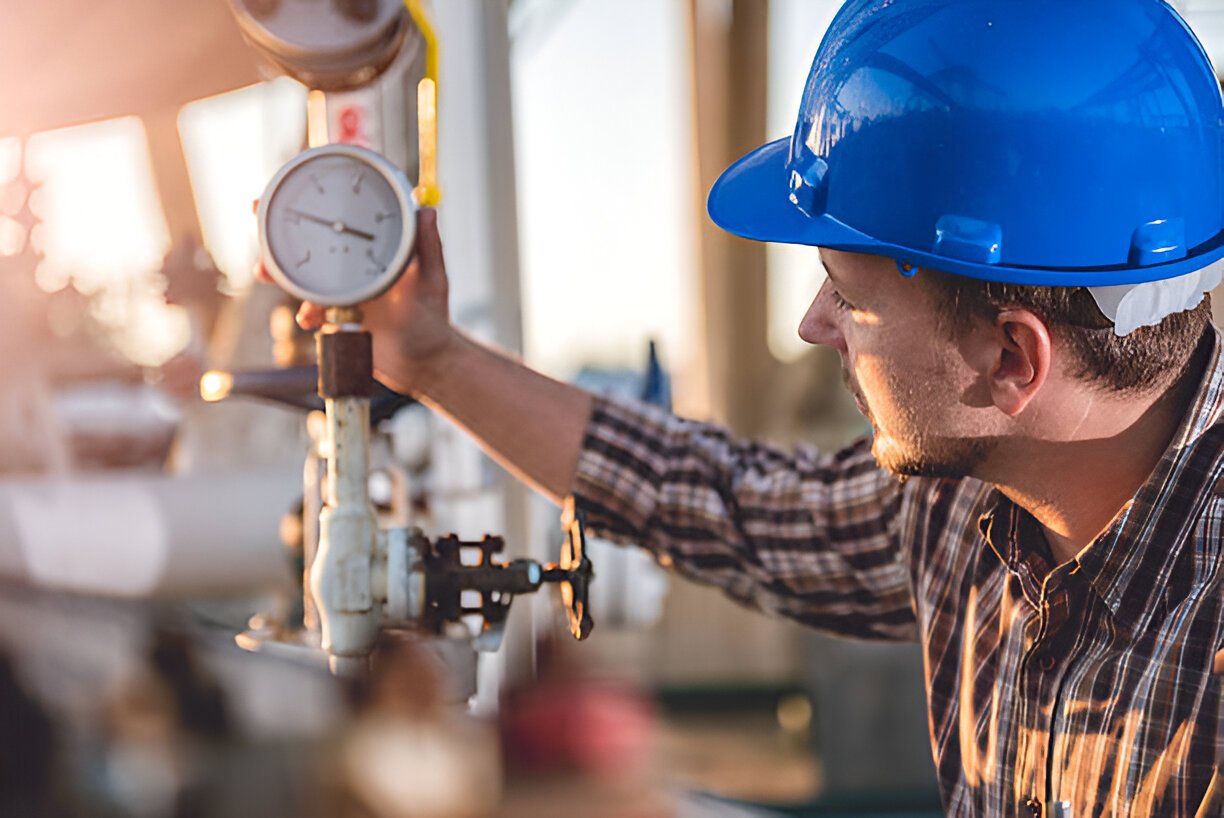
Role of Registered Engineers in Ensuring Gas Safety
Certified Gas Safe engineers carry out inspections required for the CP42 gas certificate. Their knowledge ensures compliance with protection requirements and regulatory requirements. Engineers carry out specified appliance checks, determine ventilation and flues, and confirm pipework integrity. Historical records show that residences inspected by means of registered professionals have decreased gas-related incidents. Engineers report findings and provide recommendations for remediation, enabling managers to respond quickly and correctly. Training and certification updates ensure engineers have an understanding of the trending protection standards. Accurate inspections prevent overlooked dangers, ensuring appliances perform appropriately and correctly. Documentation from licensed engineers supports landlords in assembling legal responsibilities and complements transparency with tenants. Structured inspections toughen duty, providing verifiable evidence in case of audits or emergency incidents. Property owners benefit from decreased legal responsibility and extended operational reliability. Registered engineers are key to attaining compliance, retaining protection, and improving the credibility of the CP42 gas certificate.
Enhancing Tenant Safety Through CP42 Certification
CP42 gas certification plays a vital role in protecting occupants. Inspections are the danger of carbon monoxide exposure, fires, and gas leaks. Clear documentation allows tenants to verify appliance protection and recognize the importance of gas systems. Properties with CP42 certification have fewer emergency incidents and show higher safety compliance. Case research shows that constant certification strengthens tenant confidence and contributes to long-term occupancy. Coordination with broader protection applications, which include fire and electric exams, guarantees complete property protection. Certification encourages proactive control, stopping small troubles from escalating. Evidence shows that ordinary CP42 inspections, mixed with ongoing preservation the chance of publicity and beautify typical living situations. Tenants benefit from reassurance knowing that gas structures are independently proven for protection and performance.
Integrating CP42 Certificates into Property Management Practices
Incorporating the CP42 gas certificate into property management improves operational performance and compliance. Linking gas inspections with renovation schedules, fire risk checks, and electrical checks strengthens normal protection oversight. Records from CP42 inspections offer valuable insights into appliance performance, habitual troubles, and developments in system reliability. Coordinated documentation supports regulatory audits and insurance evaluations. Historical records demonstrate that methodical certification reduces emergency incidents and minimizes downtime due to repairs. Digital record-retaining licenses immediately get access to for managers and tenants, enhancing transparency and accountability. Structured planning enables proactive replacement of growing old home appliances and knowledgeable decision-making for safety investments. Integration of a gas safety certificate into property management establishes a way of life of protection, ensuring regulatory compliance, tenant, and operational resilience. Regular reviews of the inspection information certificate for continuous development in renovation techniques and beef up risk prevention measures.
Trends in Gas Safety Certification and Compliance
Recent trends indicate accelerated adoption of the virtual CP42 gas certificate. Cloud-primarily based service and real-time reporting provide immediate get entry to for landlords, tenants, and regulators. Analytics from inspection records pick out routine faults and inform preventive maintenance techniques. Properties leveraging virtual certification display better compliance and improved operational performance. Historical evidence suggests that present-day documentation practices reduce delays in safety dangers and enhance tenants. Integration with cellular apps and property management platforms streamlines document maintenance and helps with scheduling of inspections and maintenance. Certification now functions not only as a regulatory requirement but also as a device for long-term assets planning and operational oversight. Data-driven approaches assist proactive danger mitigation, allowing asset managers to preserve excessive protection requirements. CP42 gas certificate blended with digital monitoring establishes a strong machine for compliance, responsibility, and threat prevention.
Common Misunderstandings About CP42 Certification
Misconceptions about the CP42 gas certificate can create compliance gaps. Some assume gas inspections are non-obligatory for certain appliances, in spite of legal mandates requiring annual assessments in rented homes. Confusion regularly arises between a general gas safety certificate and a CP42 gas certificate. The latter provides unique inspection information, which might be crucial for regulatory compliance and coverage documentation. Misinterpretation of obligations can cause prison penalties, elevated liability, and greater danger of gas-associated incidents. Historical enforcement statistics demonstrate that houses with clean certification experience fewer emergencies and have better tenant satisfaction. Proper expertise ensures that inspections occur on time and that findings are addressed directly. Misunderstandings can also delay necessary maintenance or replacement of appliances, creating dangers. Clarifying requirements through dependent certification improves safety practices and ensures long-term property protection. Accurate know-how supports both criminal compliance and operational efficiency in quality control.
Maintaining Gas Safety Beyond CP42 Certification
Regular maintenance between inspections complements the CP42 gas certificate and helps continuous safety. Appliances require monitoring for correct operation, and ventilation should continue to be free. Timely servicing and expert tests prevent minor problems from turning into major dangers. Historical data from property audits suggests that preventive care combined with certification reduces emergency maintenance by almost forty percent. Maintenance planning advantages from insights won in the course of inspections, permitting prioritization of older or excessive-risk home equipment. Integration of repair schedules, documentation of recurring issues, and proactive replacements ensures sustained safety requirements. Ongoing interest in gas systems reduces the probability of accidents, improves tenant self-belief, and strengthens regulatory compliance. Structured procedures for renovation enhance the long-term fee of the properties, decrease legal responsibility, and help create a lifestyle of safety. Continuous tracking reinforces the benefits of the CP42 gas certificate, extending its effect beyond annual inspections.
Frequently Asked Questions
A standard inspection includes checks on appliances, pipework, ventilation, and flues. Each part is assessed for faults, performance issues, and safe operation. They test for leaks, inspect the quality of the installation, ensure the system meets safety rules, and confirm that exhaust systems work correctly. The inspection concludes with a safety record that outlines findings and any required actions.
A full assessment should be completed every twelve months. Annual checks maintain compliance and reduce the risk of risk. Regular assessments also provide documentation that supports property management, insurance requirements, and long-term maintenance planning.
Signs of an unsafe appliance include unusual smells, weak flames, difficulty in operation, or visible damage. Poor ventilation, excessive condensation, and persistent noise also indicate potential faults. Immediate professional assessment is necessary when such signs appear.
Professional certification confirms that safety standards are structured checks. It reduces the risk of accidents, improves tenant confidence, and provides documented proof of compliance. Certification also supports timely maintenance and prevents overlooked issues.
Faults are categorized based on resolution. Less severe issues receive recommendations for timely rectification. Clear documentation outlines each step so that remedial actions can be completed efficiently and recorded for future situations.
Conclusion
A CP42 gas certificate provides essential verification of gas appliance safety, compliance with legal standards, and protection against risk. Structured inspections, professional reporting, and detailed documentation reduce risks and improve operational reliability. Integration into property management practices supports systematic safety oversight. Historical data shows that properties with a CP42 certificate report fewer incidents and demonstrate higher tenant confidence. Provides a gas safety certificate, a transparent and verifiable safety record for landlords, tenants, and regulators. Properties adhering to CP42 standards achieve reduced liability, improved compliance, and enhanced operational efficiency. Combining certification with preventive strategies and comprehensive safety measures creates a secure environment and strengthens resilience against gas-related risk. The CP42 certificate remains a critical tool for property management, legal requirements, and occupant safety.
